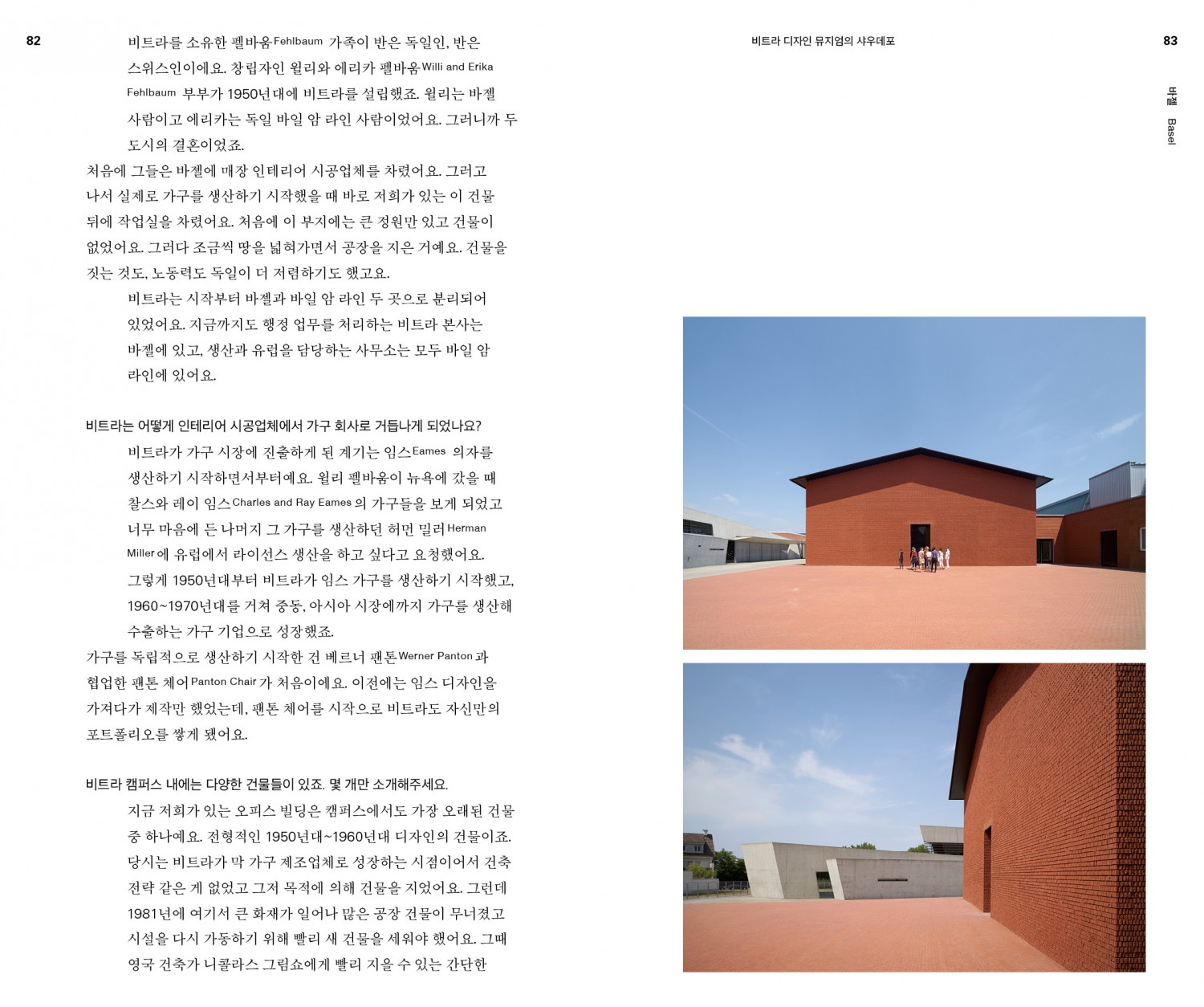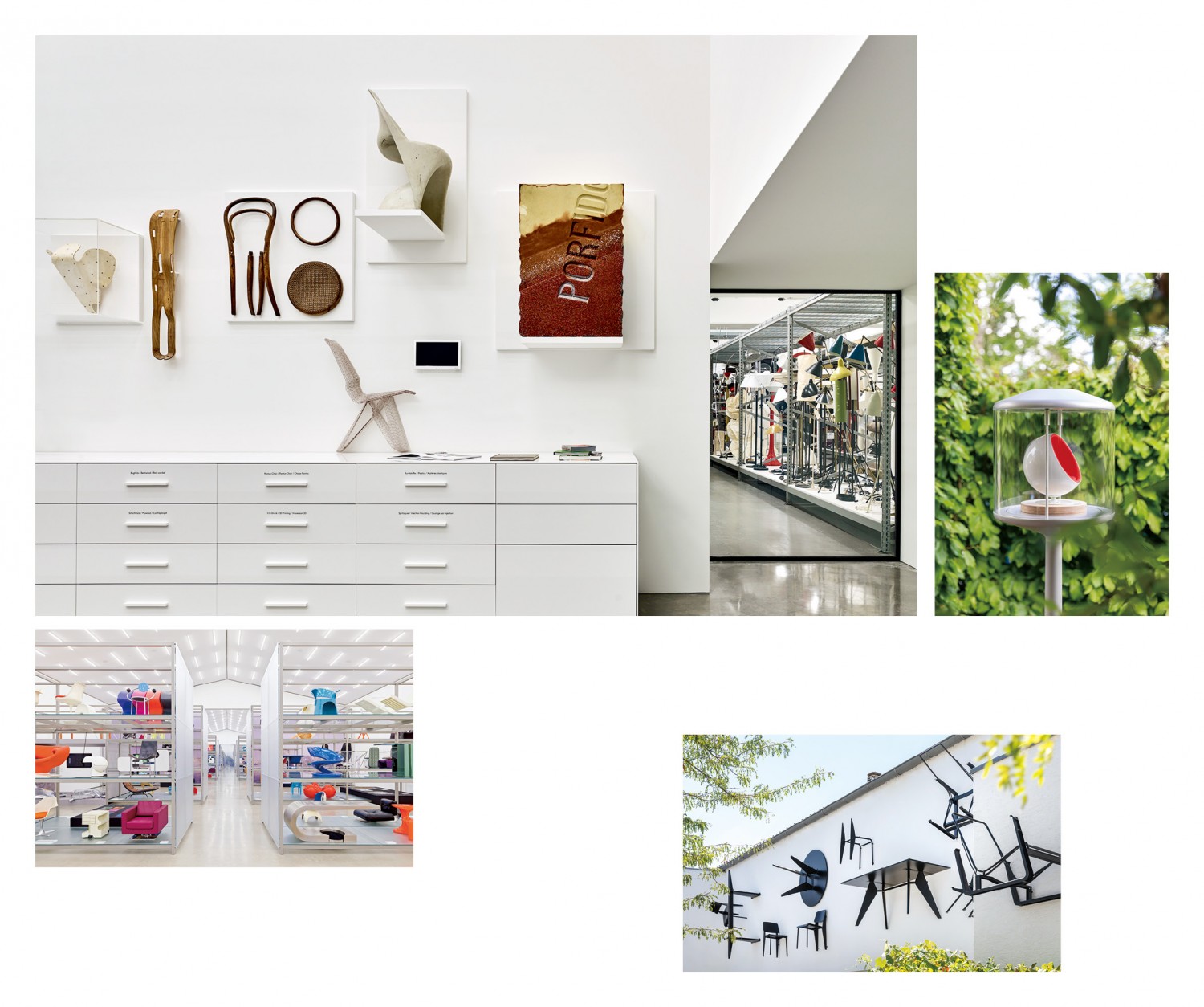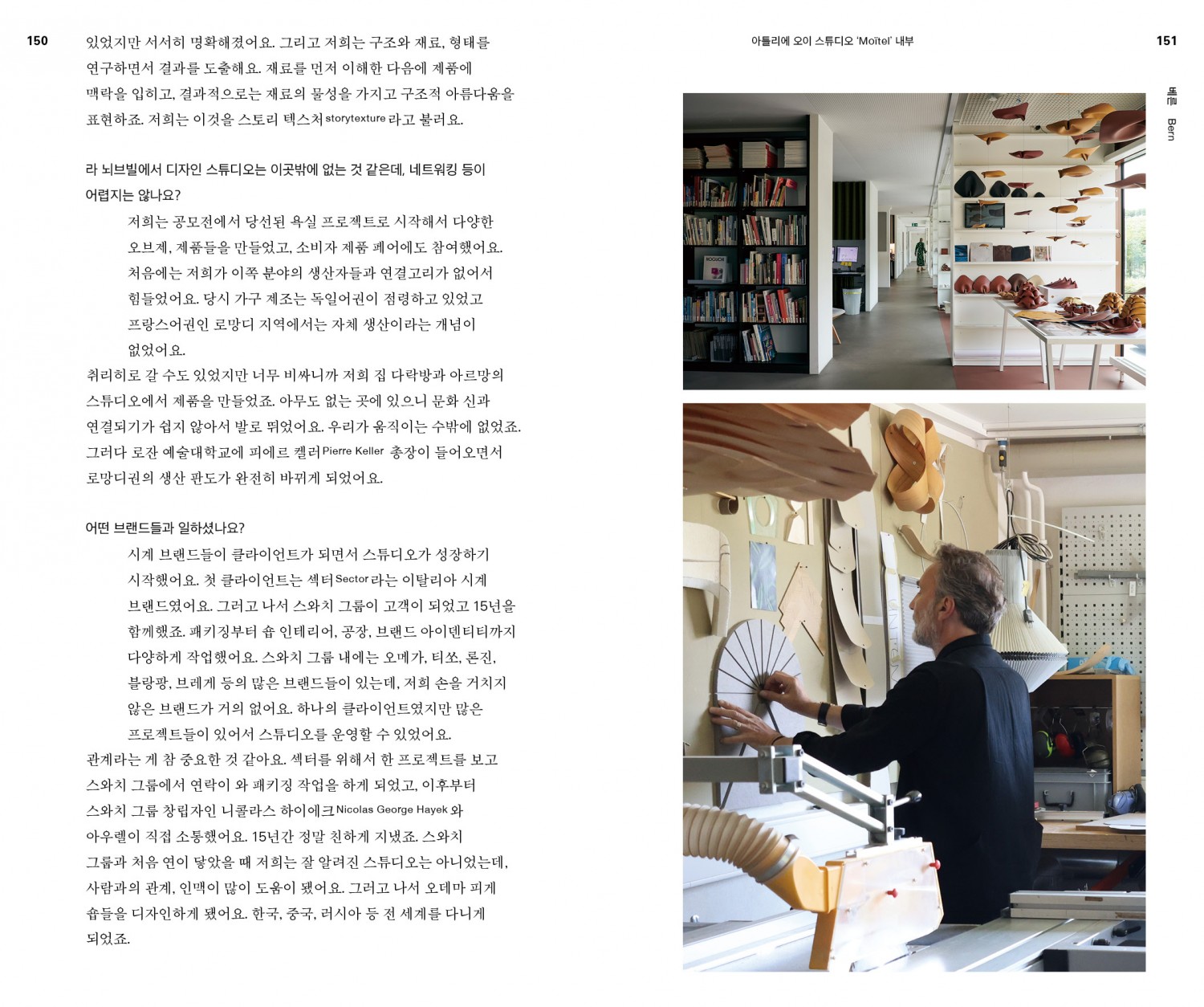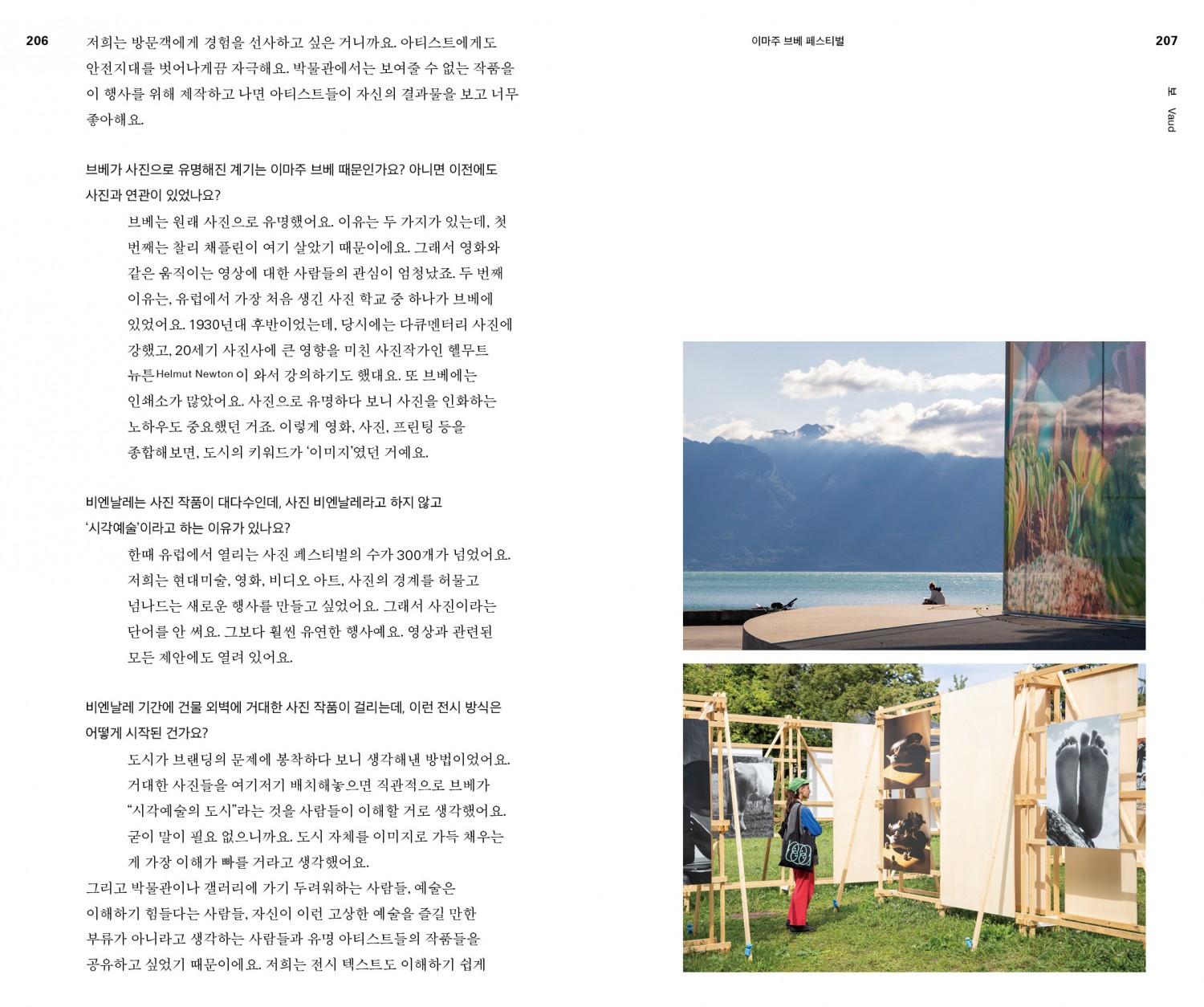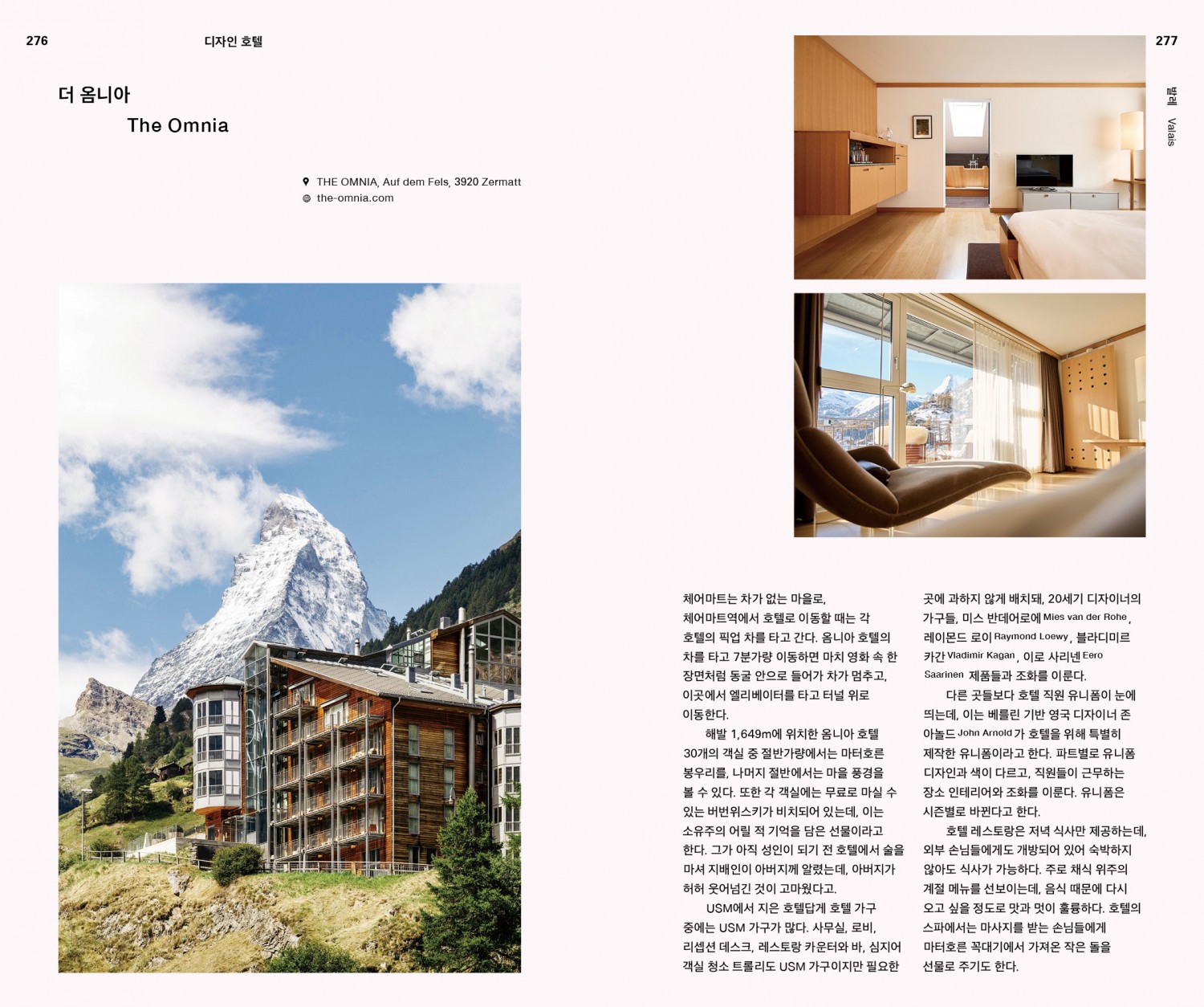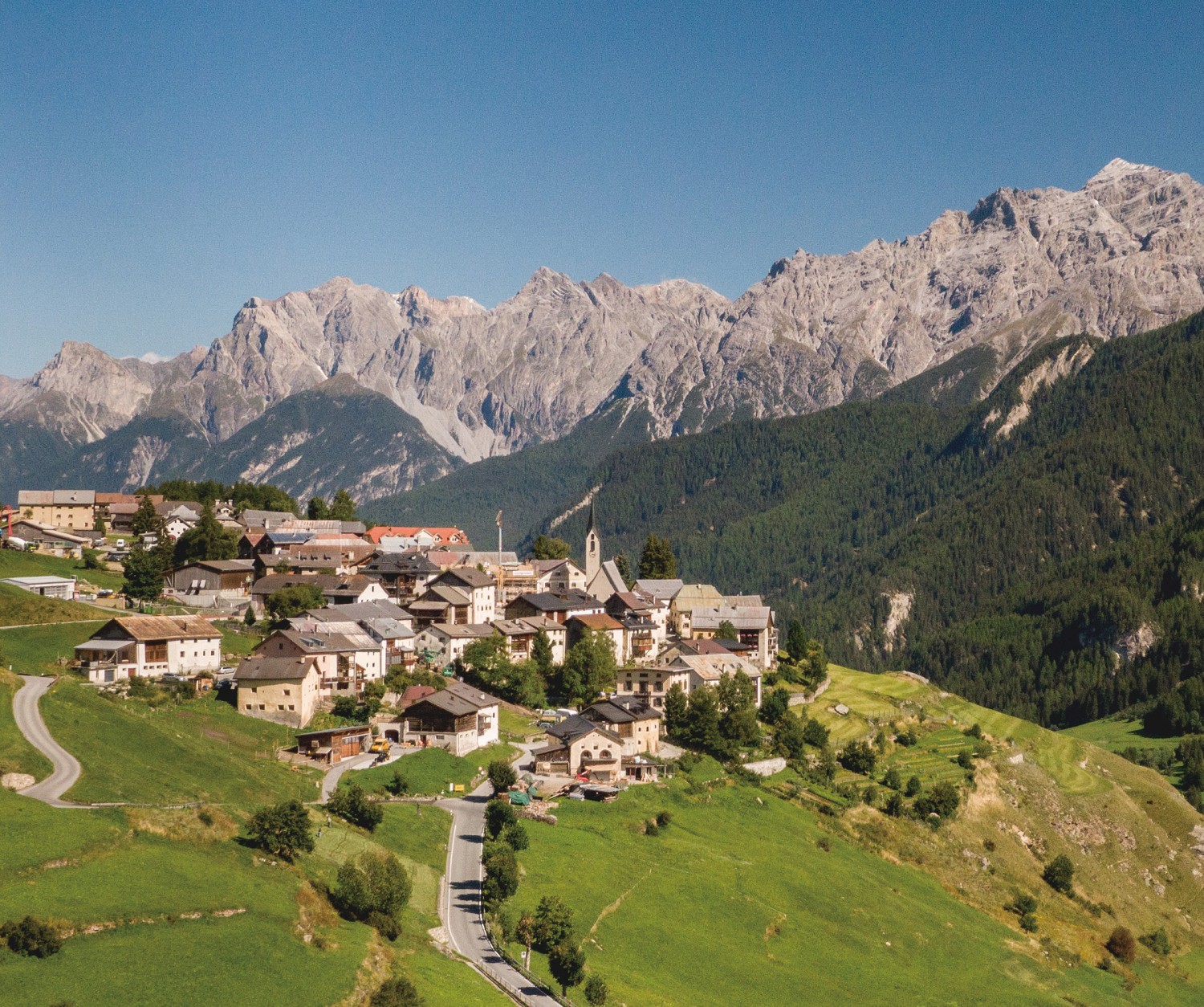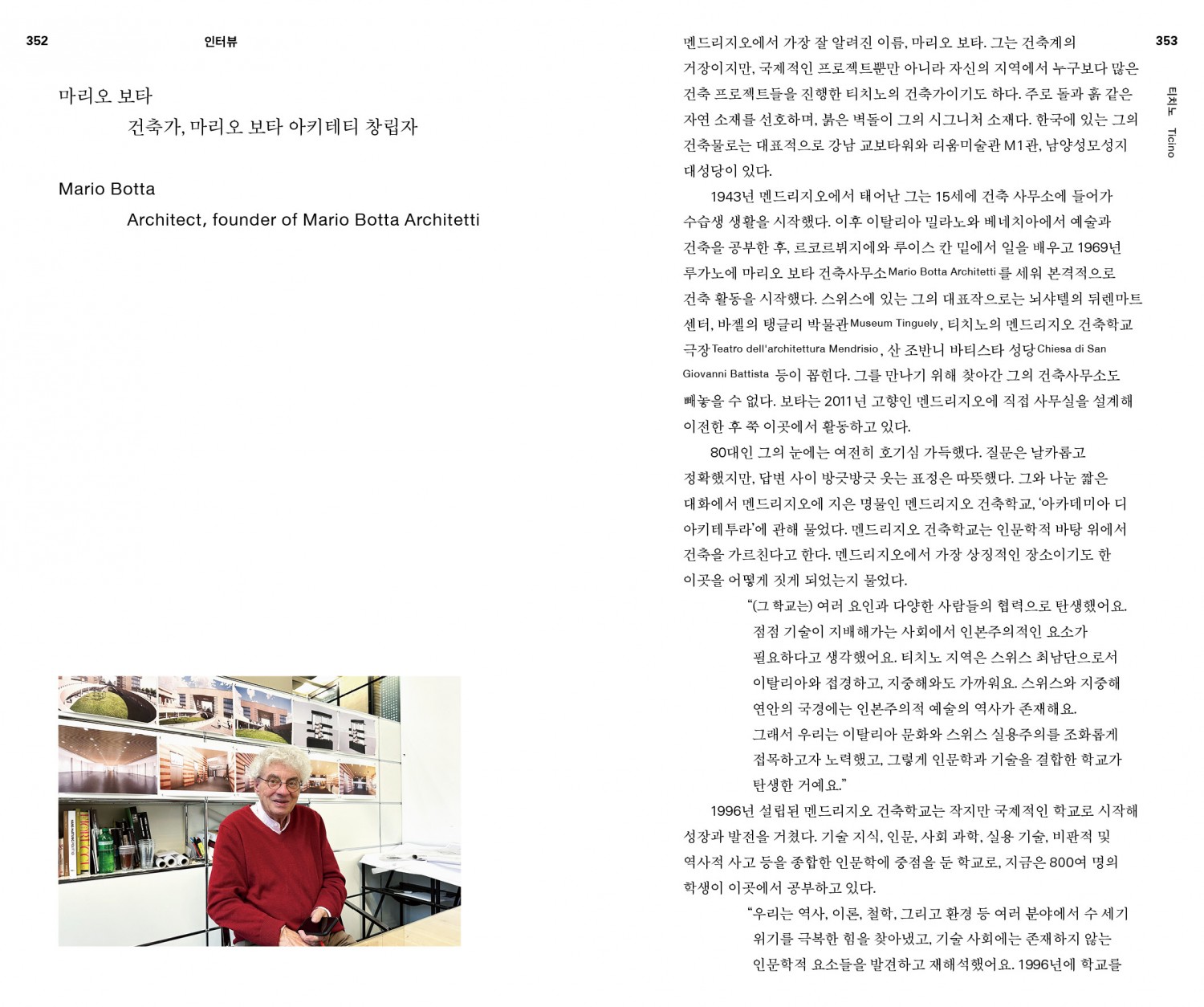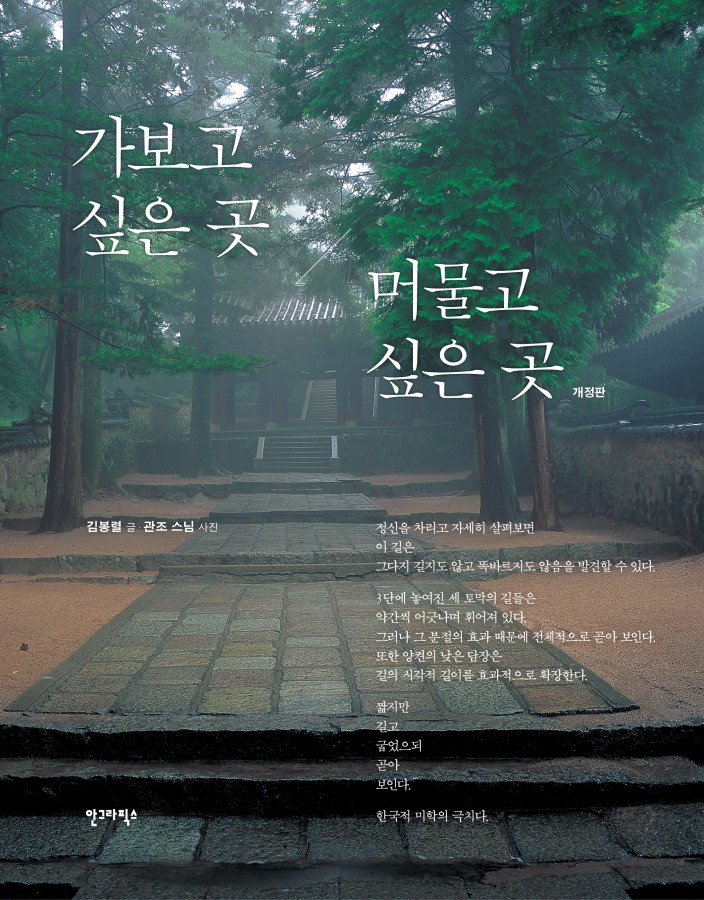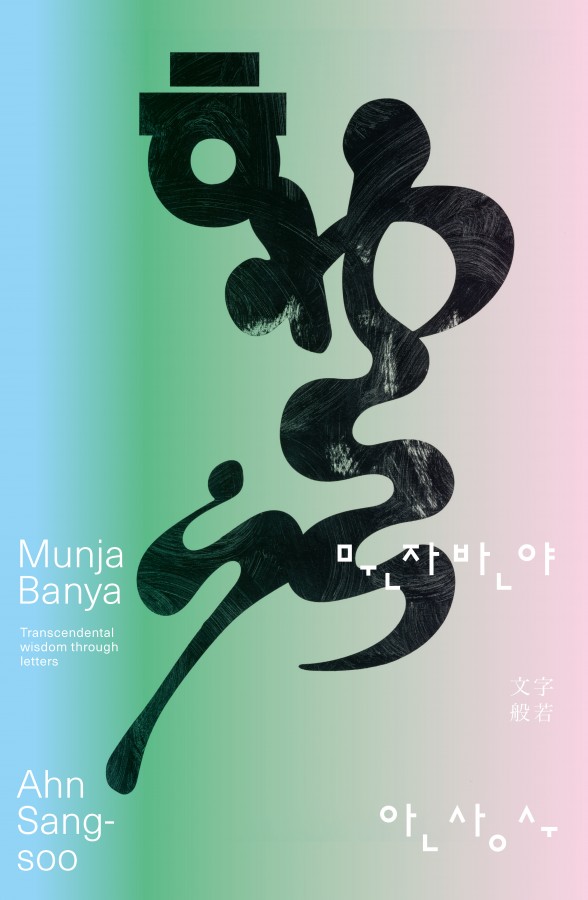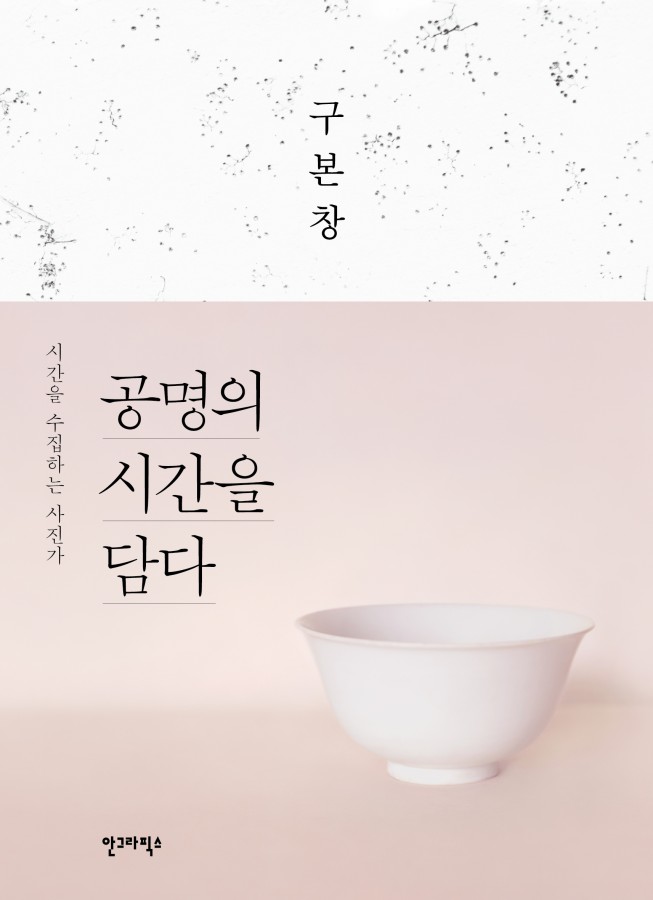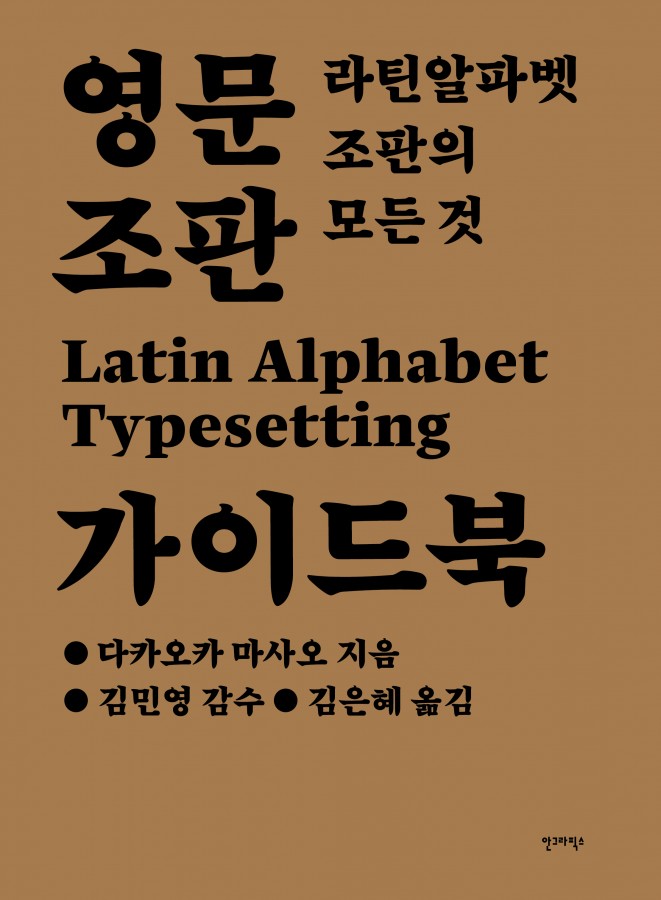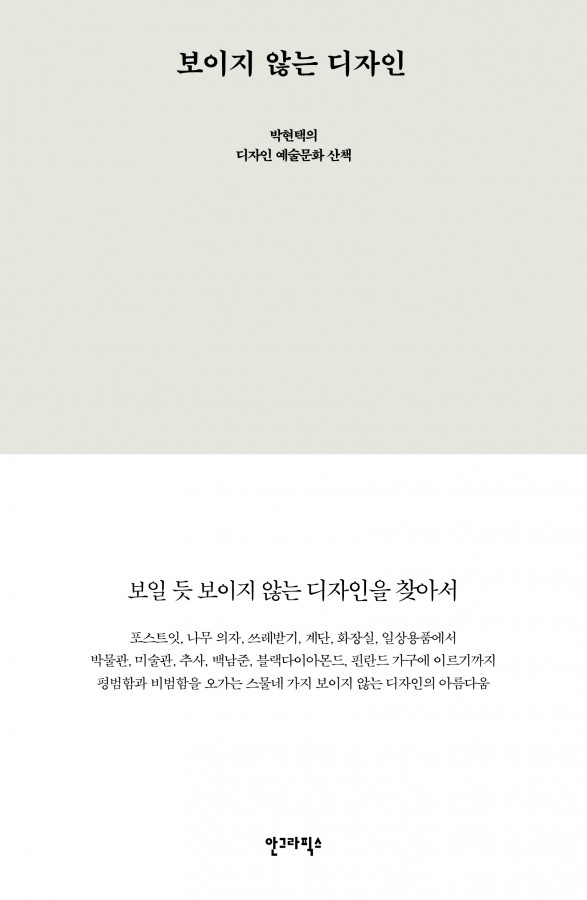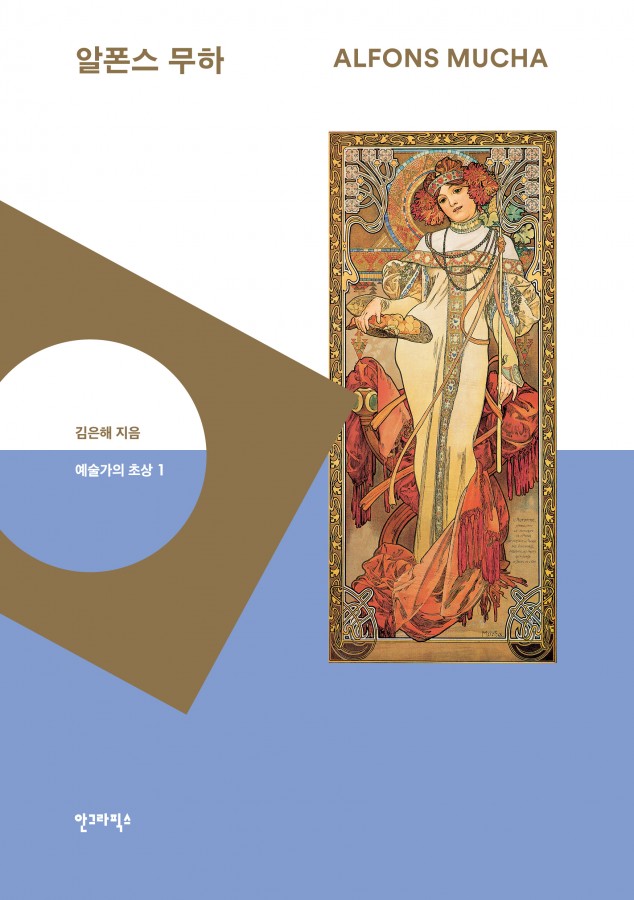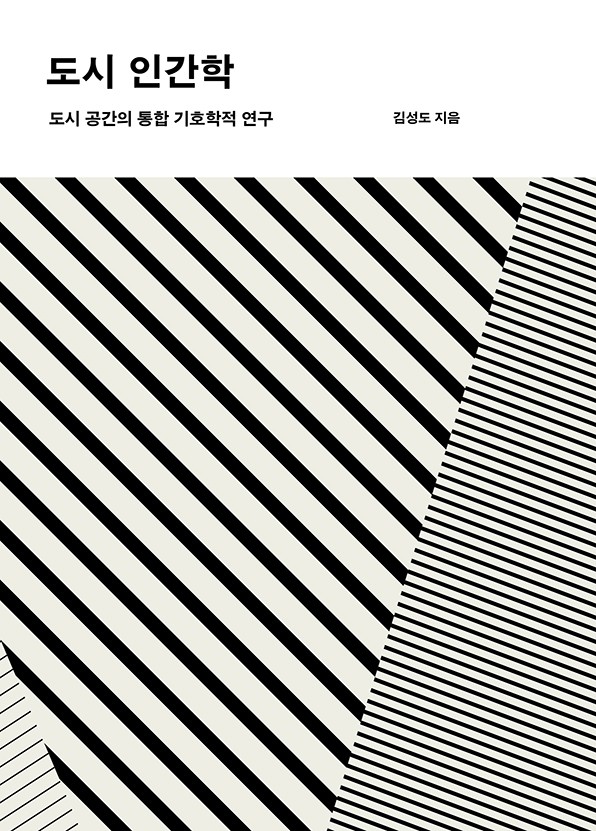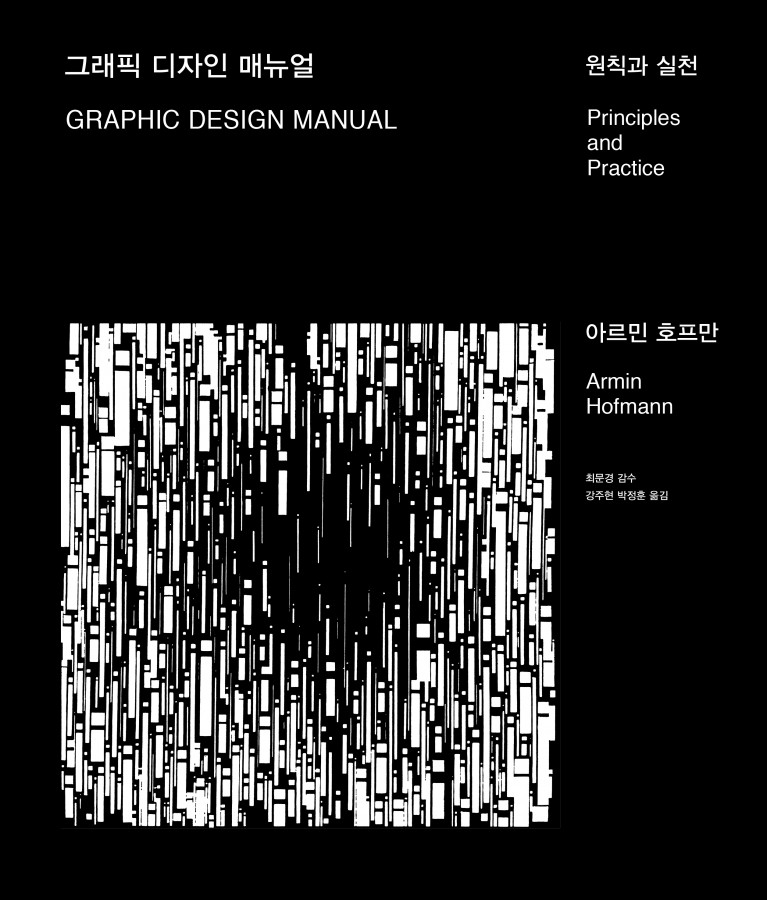Reading Switzerland Through the Arts
A Journey Through Places, Guided by People’s Stories
Switzerland: A Cultural Travel Guide is a travel guidebook that rediscovers Switzerland from a cultural and artistic perspective. It breaks away from the information-heavy descriptions and sightseeing-focused routes typical of conventional travel books. Instead, it features interviews with 38 prominent figures in Switzerland’s cultural and creative scene — artists, architects, designers, and cultural curators — uncovering the places they cherish most. In this book, traveling through Switzerland means reading cities through the arts and walking through places guided by people’s stories.
While Switzerland is widely known for its stunning nature, leisure, and recreation, it is also a creative nation rich in design, architecture, and the arts. As a multilingual country with four official languages (German, French, Italian, and Romansh) and no single official capital, Switzerland is a federation where cultural diversity and regional identity play a strong role. This book reveals the distinct cultural characteristics of each canton and, through 38 interviews, offers insights not only into design, architecture, and art, but also into the Swiss political system, language diversity, direct democracy, arts policy, and civic consciousness.
The author aims to authentically convey the cultural assets and places of Switzerland through the voices of creators and cultural professionals active across the country. Interviewees include internationally renowned architect Mario Botta, Pritzker Prize winner Peter Zumthor, artist Claudia Comte, Sam Keller (Director of the Fondation Beyeler), Mateo Kries (Director of the Vitra Design Museum), and Alexander Schärer (CEO of design furniture brand USM), among others who represent Switzerland’s cultural and artistic landscape.
Each interviewee shares their region’s identity, personal artistic worldview, and philosophy — telling stories of the city not just as a backdrop of beautiful nature, but as a foundation of everyday life, creativity, and memory. The 293 places introduced in the book are personally cherished and recommended by the interviewees. While some are well-known museums or cultural sites, many are hidden gems filled with personal meaning: local cafés and restaurants, lakes and walking paths, studios and workshops, bars and clubs. These are places that reflect their thoughts, their everyday lives and artistic practices.
Rather than “checking off” tourist sites, understanding the meaning of sites through vivid personal stories — through the eyes of those who live, work, and dream there — invites readers to see familiar landscapes in a new light. By following personal stories embedded in spaces, the book presents a new way of travel: understanding a country through the voices of its people.
